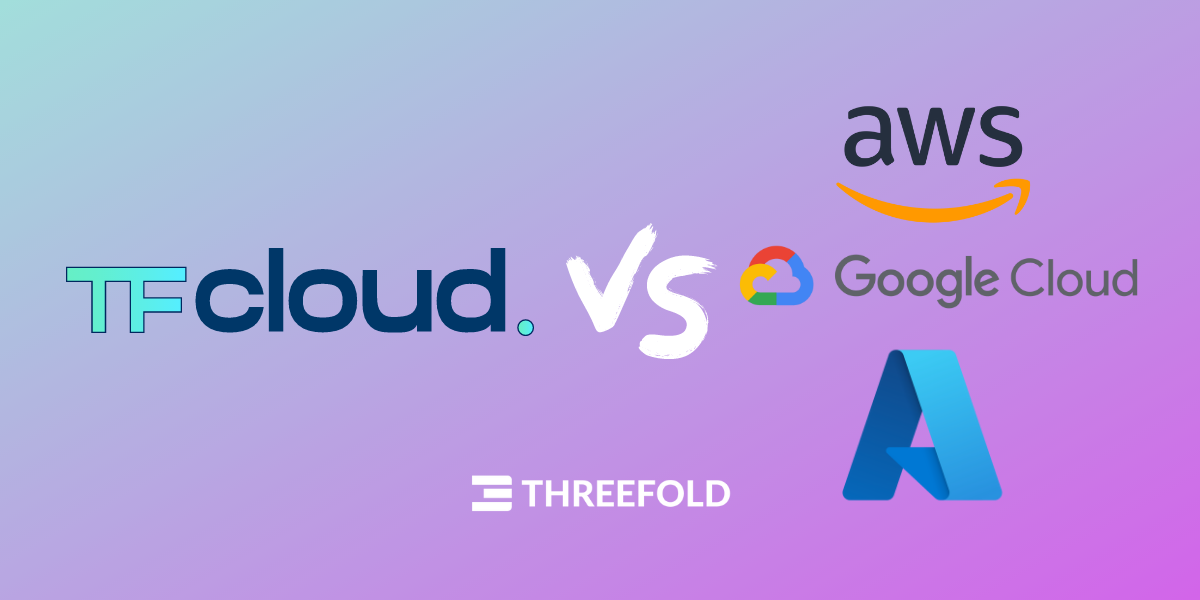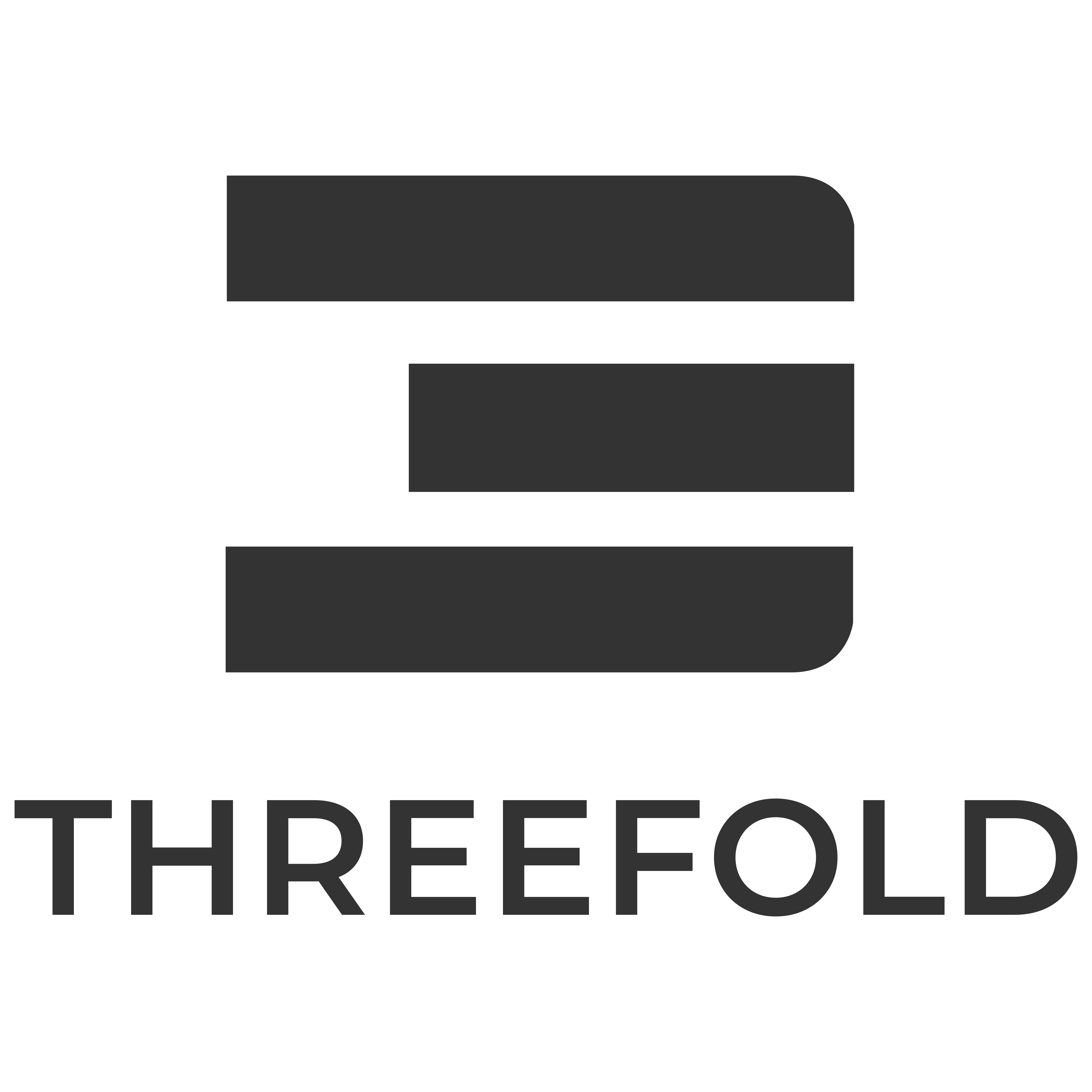Why is ThreeFold P2P Cloud the better solution for customers than Amazon Web Services or Microsoft Azure?
As we’ve recently been exploring decentralized projects to see where ThreeFold is in the space and where we stand out, we thought it’s a good time to also look into how we compare to traditional, centralized cloud providers.

“This article was originally published by Hannah Cordes, a former member of ThreeFold Foundation.”
As we’ve recently been exploring decentralized projects to see where ThreeFold is in the space and where we stand out, we thought it’s a good time to also look into how we compare to traditional, centralized cloud providers.
The cloud market is a highly complex and competitive one, currently dominated by the market leaders Amazon Web Services (AWS) and Microsoft Azure who account for more than half of the worldwide cloud revenues. This centralized nature of today’s cloud as well as its hyper-scale data center model are the cause for various issues, ranging from the monopolistic power of the few big market players and vendor lock-in effects to the incredibly high energy consumption of data centers and the limited scalability of the current model. Moreover, traditional data centers are more prone to outages and cyber attacks. We believe the ThreeFold Grid built by independent farmers around the globe and our ThreeFold P2P Cloud provide a solution to all of these issues.
While centralized cloud providers do offer some benefits, such as robust feature sets and huge customer service teams, there are a few key and important differences we think any customer would care about:
🔗Decentralization
This is the biggest and most obvious difference. Today, big tech holds a monopoly on the Internet and Cloud markets, meaning they somehow became the gatekeepers of what was originally intended to be a distributed, neutral Internet. When using AWS or Google Cloud, the data is stored in centralized data centers owned by private corporations. These data centers are susceptible to hacking and outages that can take down massive chunks of the Internet. In this system, people have become products, as they exchange their data for “free” online experiences. With ThreeFold, data is stored fully decentralized on the peer-to-peer ThreeFold Grid, where the physical hardware is owned by independent ThreeFold Farmers, and the data is owned by as well as only accessible to the person(s) who put it there. So, hackers can’t get in and due to the decentralized nature of the ThreeFold Grid, large-scale outages would be much less likely as well. Further, no organization or entity needs to be trusted and people are not treated as products – with ThreeFold’s infrastructure, the Internet is owned by the people.
🔗Limitless Scalability at the Edge
Our lightweight operating system Zero-OS makes it possible and even easy to install a node close to where the data is being consumed. There is no need for large servers, nor for heavy power supply installations. Together with our hardware partners, we’re offering 3Nodes with plug-and-play functionalities, allowing anyone to participate. This makes our model infinitely scalable at the edge. Hyper-scale data centers are not able to provide these levels of scalability and edge benefits. In order to scale their operations, centralized cloud providers need to build more data centers and take care of the related maintenance which takes time and costs billions. The traditional data center model also isn’t well suited for the edge, as this requires flexibility and close proximity to the respective data.
🔗Security
Centralized clouds are secure, but vulnerable. At ThreeFold, we pride ourselves on the levels of security we’re providing. The peer-to-peer nature of our technology means end-to-end transmission of data between parties (with no middlemen). This is a big one: Nothing is being stored or copied in central servers. Moreover, ThreeFold’s self-driving and self-healing IT removes the need for human intervention and eliminates the many back doors present in current architecture. So, security issues caused by human error and hacking possibilities both diminish greatly. In addition to that, there is the distributed storage algorithm which makes it nearly impossible for data to be lost. And much more. You can find more info on our wiki or in this forum post.
🔗Privacy
The fact that you own your data and nobody – not even us – can get access to it is key to making ThreeFold much more private than centralized cloud providers. On top of that, connections within our global overlay network, the Planetary Network, are peer-to-peer and end-to-end encrypted.
🔗Affordability
In the end, the centralized cloud is quite expensive, whereas our ThreeFold P2P Cloud is much more cost-effective. Learn more about this in our cloud pricing comparison here.
🔗Energy Efficiency
While electricity for storing and transporting data, administration, human resources, and even gas (to transport physical data-holding devices) lead to a very high energy consumption, our dispersed storage model and peer-to-peer infrastructure allow for significant energy savings. So, another big difference between ThreeFold and centralized cloud providers is that we’re up to 100x more energy-efficient.
All in all, the combination of our ThreeFold Grid and ThreeFold P2P Cloud provide significant advantages over centralized cloud providers with their hyper-scale data centers. From decentralization and infinite scalability at the edge to considerable energy savings and cost effectiveness as well as data privacy and security, our solution has much more value to offer, while solving critical issues related to centralized clouds. If you’d like to test our cloud solution yourself, take a look here. You can also start participating in our decentralized ecosystem by becoming a 3Node on our ThreeFold Grid.


